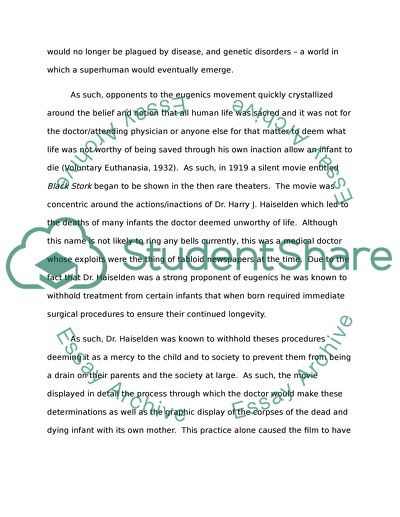Cite this document
(“Black Stork Essay Example | Topics and Well Written Essays - 1000 words”, n.d.)
Retrieved from https://studentshare.org/religion-and-theology/1457602-black-stork
Retrieved from https://studentshare.org/religion-and-theology/1457602-black-stork
(Black Stork Essay Example | Topics and Well Written Essays - 1000 Words)
https://studentshare.org/religion-and-theology/1457602-black-stork.
https://studentshare.org/religion-and-theology/1457602-black-stork.
“Black Stork Essay Example | Topics and Well Written Essays - 1000 Words”, n.d. https://studentshare.org/religion-and-theology/1457602-black-stork.


